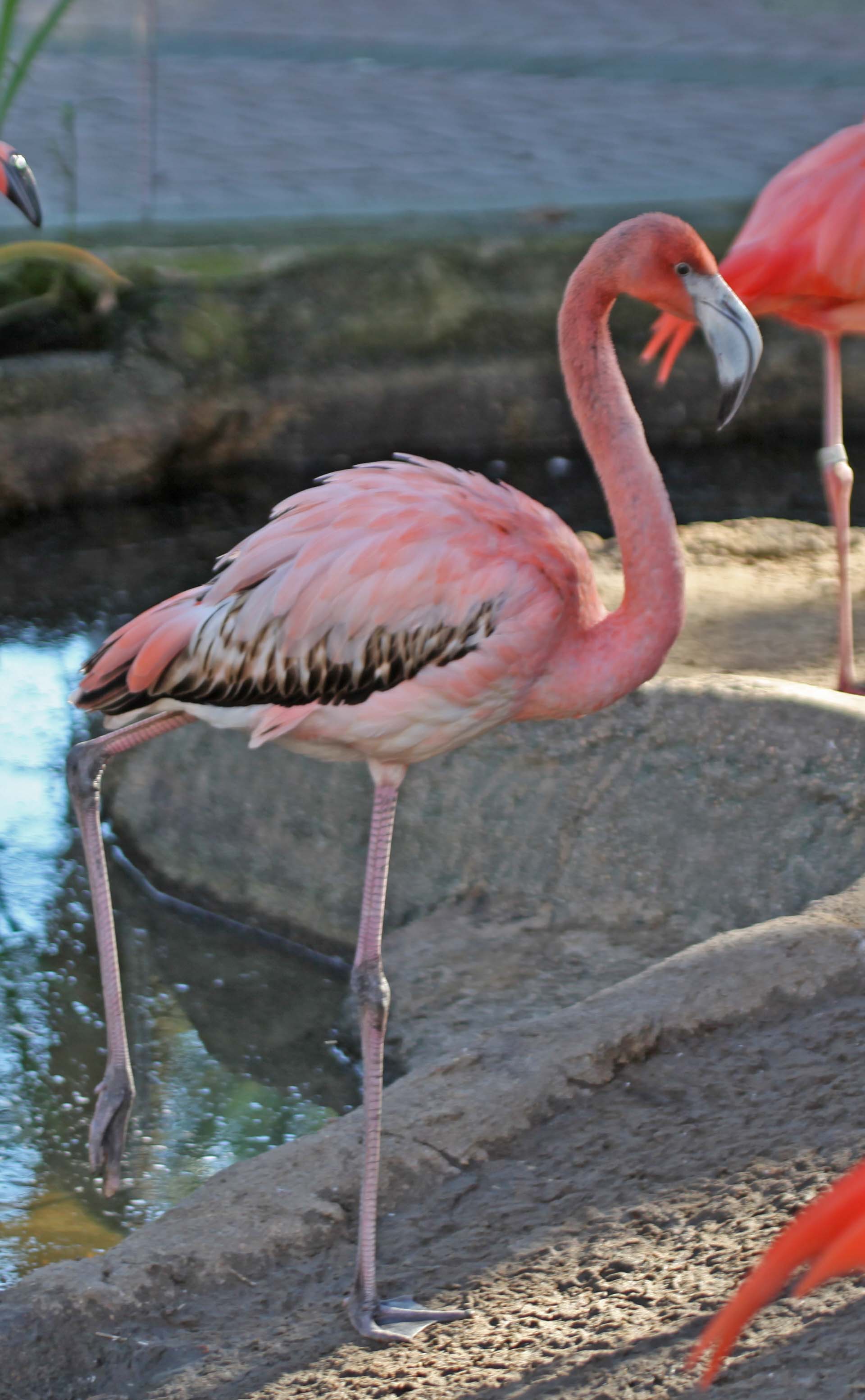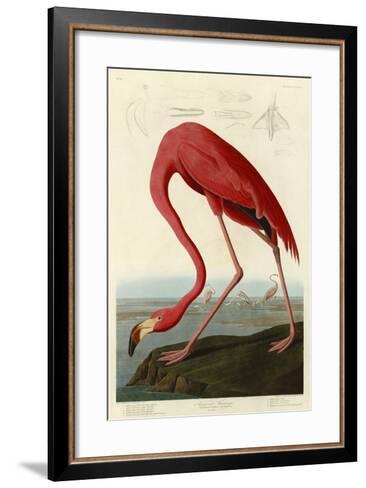

Bien, New York, 1860 ” (but some with years between 1858 to 1862).

All the larger images as well as some smaller images carry the credit " Chromolithy by J. The use of different stones occasionally resulted in very slight misregister of colors on the dark outlines of birds and background, thus serving as a charming reminder of chromolithography process. Larger images were printed on a single page as in the Havell edition, whereas smaller images were printed two per page (e.g., see 336/333-Semipalmated and Curlew Sandpipers in this gallery). The plate numbering on the images followed the convention of the Octavo edition birds (thus, for example, the Wild Turkey is numbered as Plate 287 in the Bien edition, even though it is the very first Plate). Occasionally, some of the final prints were hand-colored in specific areas to enhance the image. For some of the larger images, the background scenery was slightly altered from the corresponding Havell edition image. Unlike the Havells which were printed on paper directly from the engraved copper plates and then each image hand-colored painstakingly by skilled artists, it was said that Julius Bien utilized the original copper plates to first transfer the images to stones for use in chromolithography, a process that utilized several printing stones (about 6 or more) each with different colors, and all printed in register on paper to produce the final finished colored image. Julius Bien utilized the newly emerging chromolithography technique as a way of reducing the costs of production. He recruited the Roe Lockwood Company in New York city to publish the works, and Julius Bien for lithography.

In 1858, about seven years after John James Audubon passed away, his younger son John Woodhouse Audubon initiated an ambitious project to reissue the Birds of America to solve some of the mounting financial problems. Unlike the Havell edition prints which were produced in England, the Bien Edition prints were produced completely in America. This bird always rests in a lagoon, supporting itself on one leg alternately and it is to be observed that it always stands with its front to the wind.The Bien edition prints of the Birds of America were produced by the Audubon family (by Audubon’s younger son John Woodhouse, with assistance from elder brother Victor Gifford), and thus are properly termed originals. The way in which the female covers the eggs is by standing in the water on one foot and supporting its body on the nest. The breadth of the nest, with little difference, is that of the crown of a hat. Its body is about a yard high, and the neck about half as much. It is easily tamed, and feeds on rice, maize-meal, &c. Its flesh is savoury, and its tongue is pure fat. The first year they are rose-coloured, and in the second they obtain their natural colour, being all scarlet half their bill is black, and the points of the wings are all black the eyes entirely blue. They take from two to three months before their feathers are long enough to enable them to fly. They immediately betake themselves to the water to harden their feet. The young when they break the shell have no feathers, only a kind of cottony down which covers them.

Its eggs are about the size of those of a Goose it only lays two or three at a time, which are hatched about the end of May. This bird makes its nest on the shore of the same lagoon, with the mud which it heaps up to beyond the level of the water. “The Flamingo is a kind of bird that lives in lagoons having a communication with the sea.


 0 kommentar(er)
0 kommentar(er)
